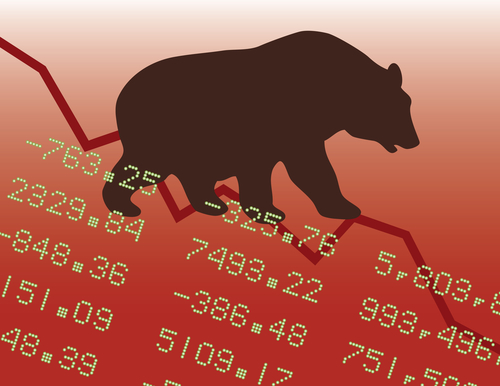Using Multiple Time Frames to Get the Big Picture

One of the best ways to lose money on any trade is to ignore multiple time frames.
For example, if I just rely on a six-month time frame, I miss the bigger picture trend that a one-year, two-year, and even a five-year time frame can offer. Looking at a six-month chart of the iShares NASDAQ Biotech ETF (IBB), it’s tough to gauge anything. It’s full of “noise” and not a lot of direction.

But if I look at the one-year chart of the IBB, I can begin make arguments that the stock has a tendency to hold the 50-day and 200-day moving averages.

Then, if I look at a two-year chart of the IBB, I can clearly begin to identify strong areas of historically support and resistance.

At five years, I can begin to see the IBB was beginning to break out of a tightly wound consolidation pattern following years of substantial upside.

That's why multiple time frames are essential.
In order for you to be a successful trader, you can’t be lazy. You need to confirm areas of support and resistance, as well as overall trend. If you’re just looking at a six-month chart only, all you’ve done is limit your scope. That’s a recipe for disaster.
A general rule is that longer time frames create more reliable signals.
- Swing trader that typically rely on day-charts should always attempt to use a weekly chart in addition to define both the short-term day trend, and longer trend.
- Day traders that trade on five-minute chars for example should consider confirming a longer-term trend with a 15-minute or 60-minute chart.
- Longer-term traders should always confirm a one-month chart with a range of longer-dated six-month, one-year and five-year charts.
By doing so, you’re better able to identify trends without being limited by any “noise” that may be picked up on a short-term chart. For example, noise can be caused by a dividend announcement, interruptive news, or some other market phenomenon that is not reflective of longer-term sentiment in a stock, ETF or index.
To avoid that, we can look to longer-dated chart that removes the noise.
Multiple time frames make momentum pivot points easier to spot and confirm, too. Let’s revisit the IBB. On a six-month chart, I can clearly see that the ETF is overbought at the upper Bollinger Band, and on over-extensions on RSI, MACD and Williams’ %R.
It would appear to be a great short as of late September 2017.

But I need to be able to confirm my findings and remove any noise from the chart. So I can now look at a one-year chart and find historical patterns using the same indicators. I can now confirm my findings found on a six-month chart.

If I stretch it out to two-year, not only can I now further confirm my momentum indicators, I can clearly see overall trends using multiple moving averages.

In short, all we’re doing is confirming and spotting trend. We’re giving ourselves an edge over the other guy and potentially making some money. Limiting yourself in a market full of noise is reckless. Take the time to identify long-term patterns.
It may just make you even more money along the way.



